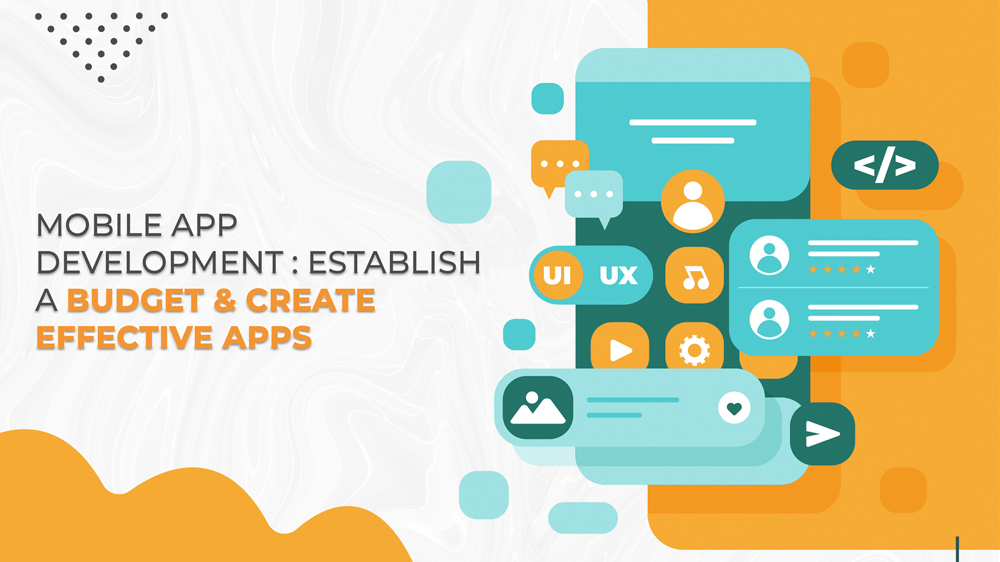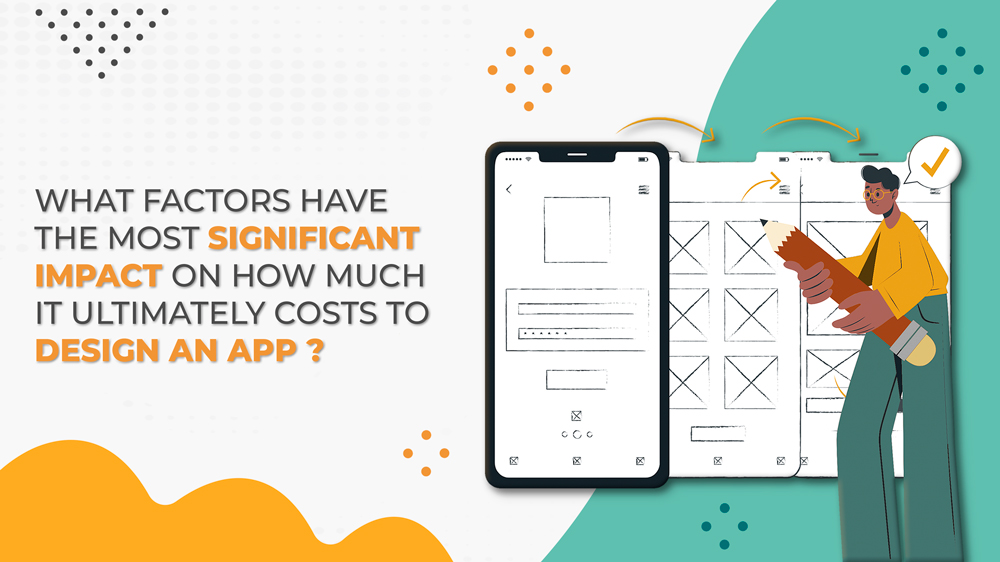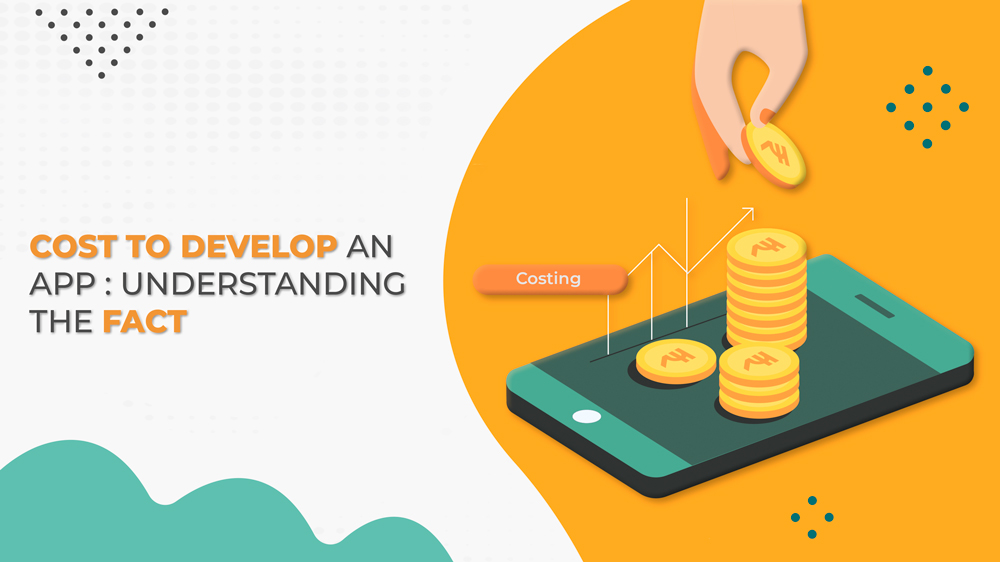
Mobile App Development: Mobile app development refers to creating software applications that run on mobile devices such as smartphones and tablets. It involves the development of applications for platforms like Android and iOS, using programming languages, frameworks, and tools specific to each platform. Mobile app development encompasses various stages, including planning, design, coding, testing, and deployment, to create functional and user-friendly apps that provide valuable services to users on their mobile devices.
The widespread use of smartphones has resulted in a large and constantly growing user base. Mobile apps cater to this large audience, directly providing services, information, and entertainment on users’ devices. Mobile apps offer a convenient and accessible way for users to access a wide range of services and content. They can be easily downloaded and installed from app stores, providing instant access to specific functionalities.
This is built specifically for mobile devices, taking advantage of their capabilities, such as touchscreens, accelerometers,(which measure Pressure, Temperature, Vibration, and Chemical Sensors), GPS, and cameras, to create interactive and engaging experiences.
Mobile app development begins with imagination and planning, where the concept of apps is to target the audience and define features. Then, the design phase involves creating wireframes and visual designs to establish the app’s look and feel. Next, developers use programming languages like Java or Kotlin for Android and Swift or Objective-C for iOS to write the app’s code. Testing is a crucial step to identify and fix any bugs or issues. This includes functional, performance, and compatibility testing for better performance on particular devices.
Once thoroughly tested and refined, the app can be deployed to the respective app stores or distributed through other channels. Continuous monitoring and updates help to improve the app’s performance, fix bugs, and add new features based on user feedback.
Mobile app development is dynamic because technologies and new trends are constantly evolving. Capanicus developers stay updated and adapt new tools and frameworks to create high-quality mobile applications.
What factors have the most significant impact on how much it ultimately costs to design an app?

- Functionality and goal of the app
- Type of vendor and location
- The cost of creating an app
- Team size and experience level
- Complicatedness and quantity of software features
- Integrations, integrated APIs, and back-end infrastructure
- The difficulty of UX/UI design
- Addition of more branded graphic components
- Various approaches to development (native, mobile web, hybrid, etc.)
- Numerous platforms (including web, iOS, and Android)
- Supported mobile platforms and devices
- Plan for ongoing maintenance
Cost to Develop an App: Understanding the Fact

You could determine the price range and establish the budget for your project by better understanding the app development cost.
- Native vs. Hybrid Cost of App Development
The app development cost can vary depending on various factors, including the app’s complexity, the features required, the targeted platform (s), and the development approach (native or hybrid). Here’s a general overview of the differences between native and hybrid app development.
Native App Development:
Developing native apps for different platforms (e.g., Android and iOS) often requires separate development teams and codebases. This can result in higher development costs as compared to hybrid app development. Each platform requires dedicated development and maintenance efforts, which can increase the overall cost.
Hybrid App Development:
Hybrid apps are developed using web technologies and frameworks like React Native or Flutter. They allow for code reuse across multiple platforms, reducing development costs compared to native apps. With hybrid development, one team and a single codebase can be sufficient to build an app that runs on Android and iOS platforms, resulting in potential cost savings.
However, it’s important to note that the cost savings in hybrid development may not always be significant, as certain features or performance optimizations may require additional customization or native code integration, which can increase the cost.
- iOS vs. Android App Development
iOS and Android are the dominant mobile platforms, and choosing between them for app development depends on various factors. Here’s a comparison of iOS and Android app development.
Android app development:
Android has a larger global market share compared to iOS, meaning developing for Android can reach a broader audience. Java or Kotlin are commonly used to create Android apps. Kotlin is a more modern language offering concise and expressive Android application development code.
iOS app development:
iOS apps are primarily developed using Apple’s Swift or Objective-C programming language. Swift provides a modern and intuitive language for iOS development. iOS apps undergo a strict review process by Apple before being accepted into the App Store. This process ensures quality control and app security. However, iOS users tend to spend more on apps and in-app purchases, making it a lucrative platform for monetization.
Ultimately, the choice between iOS and Android development depends on the target audience, revenue goals, development resources, and preferences. Some developers develop for both platforms simultaneously, leveraging cross-platform frameworks like React Native or Flutter that are used to reduce development effort and cost.
3. Progressive Web Application (PWA)
A progressive web application uses current web technologies to give consumers an experience comparable to an app’s. PWAs are designed to work seamlessly across different devices and platforms, offering features traditionally associated with native mobile apps. PWAs are built with a responsive design, allowing them to adapt and work well on various screen sizes, including desktops, tablets, and smartphones.
Major web browsers, such as Google Chrome and Mozilla Firefox, support the necessary technologies and APIs to enable web applications. This allows developers to build PWAs that work across multiple platforms and devices. It prioritizes performance optimization by employing techniques like caching, pre-fetching, and lazy loading to ensure fast loading times and smooth navigation.
PWAs offer several benefits for businesses and users alike. This can help companies reach a broader audience, reduce development efforts using a single codebase, and improve user engagement and conversions. Users benefit from the convenience of accessing an app-like experience directly from the browser without the need for app store downloads or installations.
How is the cost of app development estimated?
How can the price of mobile app development services be estimated with accuracy?
A feature is a unique action or duty that must be performed for the software to function and produce the desired outcome. This might be a screen-mounted, sign-up button, or a more complicated integration of video streaming. The cost to design an app directly relates to the number of features and the complexity of how they are implemented.
The formula for calculating app development cost:
Total duration of development * hourly rate = Cost
Mobile application development costs depend on Apps types:

Mobile App Development Lifecycle

The development and delivery of mobile applications can be sped up by utilizing a wide range of cloud-based and third-party services. Mobile developers should seek a development environment that enables them to quickly and easily integrate, use, and consume the most frequently needed capabilities into their applications.
Required
- User Registration, Login, and Management
- Social login (sign-in to Twitter, Facebook, etc.)
- Analytics and Participation
- Notifications through Push
- Testing actual devices
Data Services
- Online Storage
- Offline and Live Data
- Cloud Services
Machine Learning
- Talkative robots
- Video and image recognition
- Language Recognition
A Quick Overview
| App | Overview | Pros | Cons |
|
Requires two distinct source codes, one for iOS and one for Android. | Maximum effectiveness | Expensive to construct |
|
The same source code works across various platforms. |
|
Issues with performance |
|
Combination of web and native apps together |
|
Performance that is less than that of native apps |
|
Online application that simulates the functionality of a mobile application |
|
App functionality depends on the browser. |
Conclusion
The topic of developing mobile apps is complex. The user experience must always be prioritized while developing native or cross-platform programs. There are a tonne of various directions that app development may go. Which option is best for you will depend on your budget, goals, schedule, technical expertise, and the app’s complexity.
Due to the platform’s flexibility, Capanicus is the ideal choice to consider overall. We offer full-service app development, which includes maintenance and support after launch. Want to know more? Request a free consultation to speak with one of our app development specialists.


